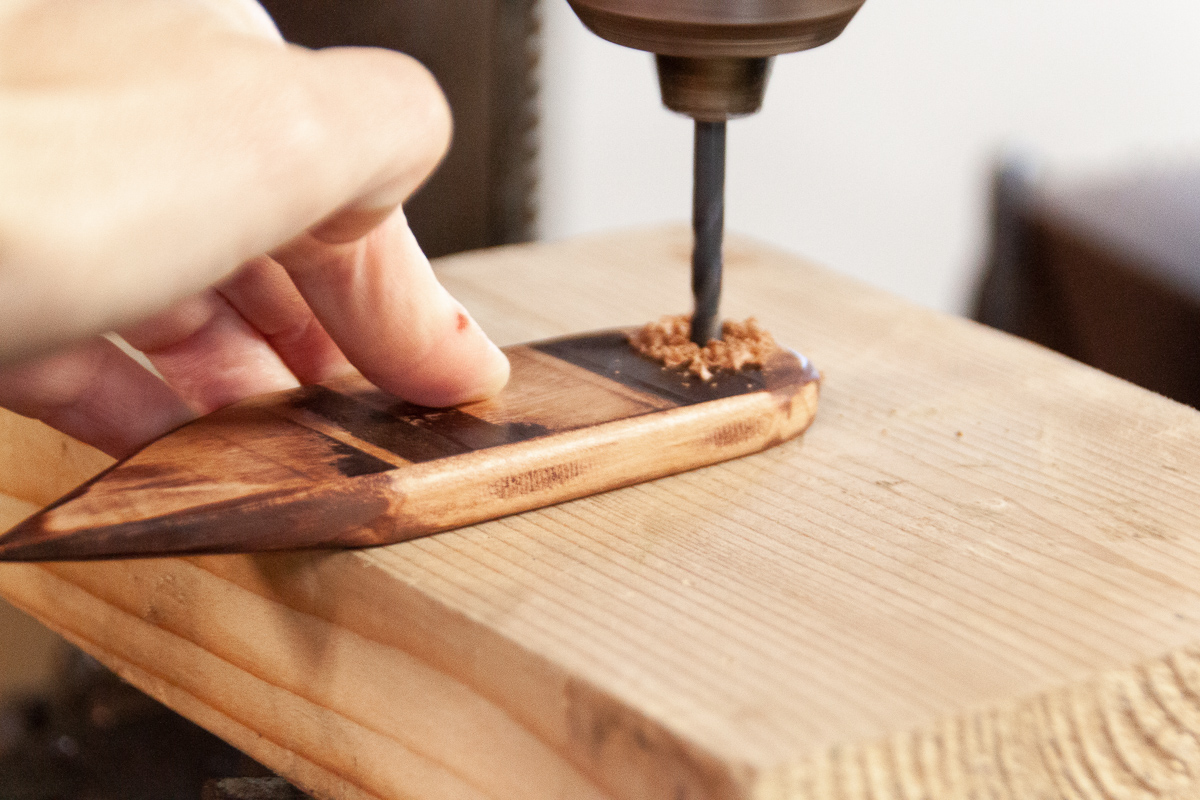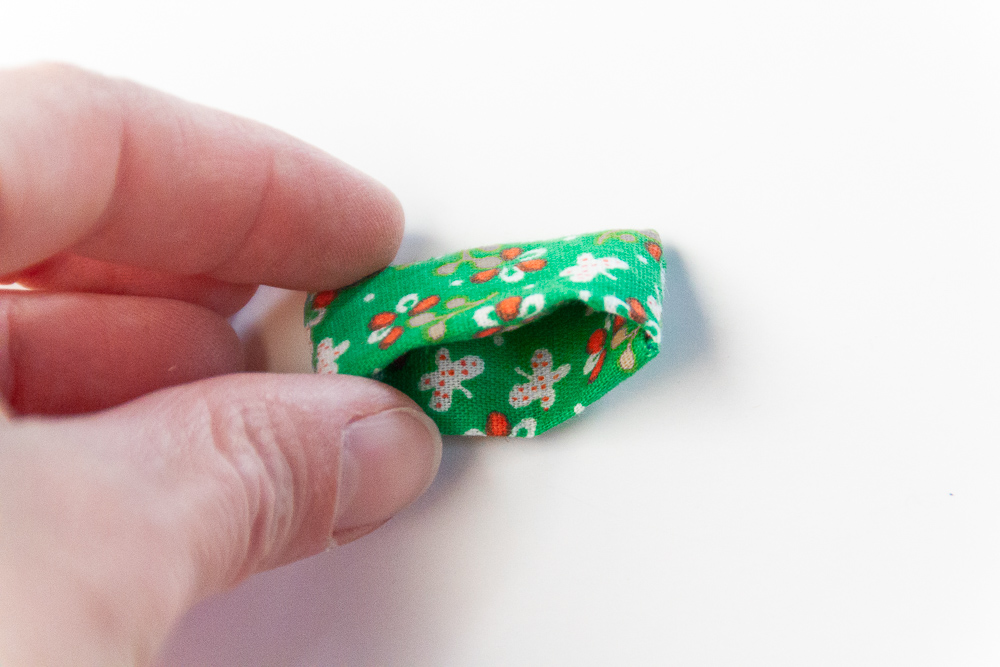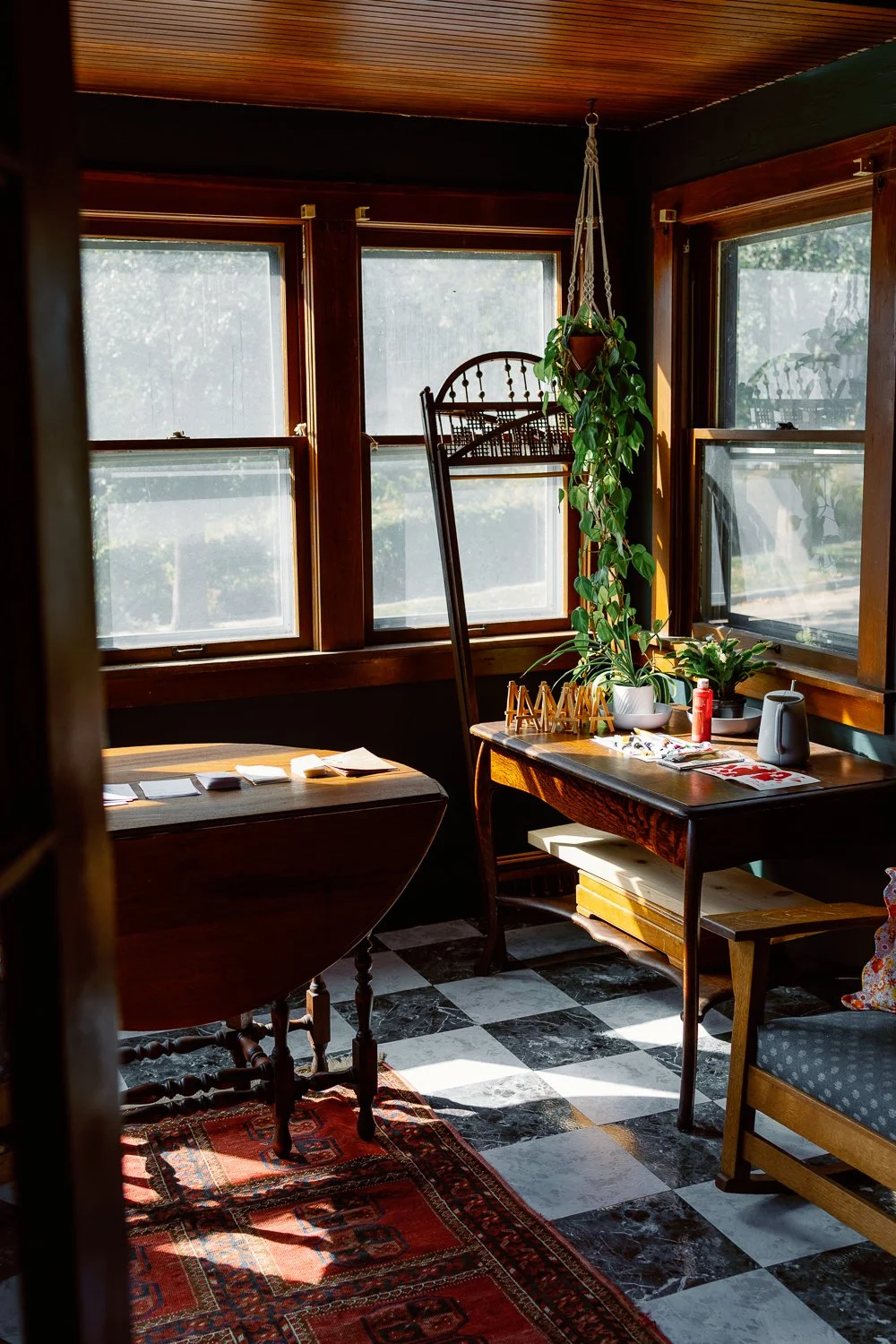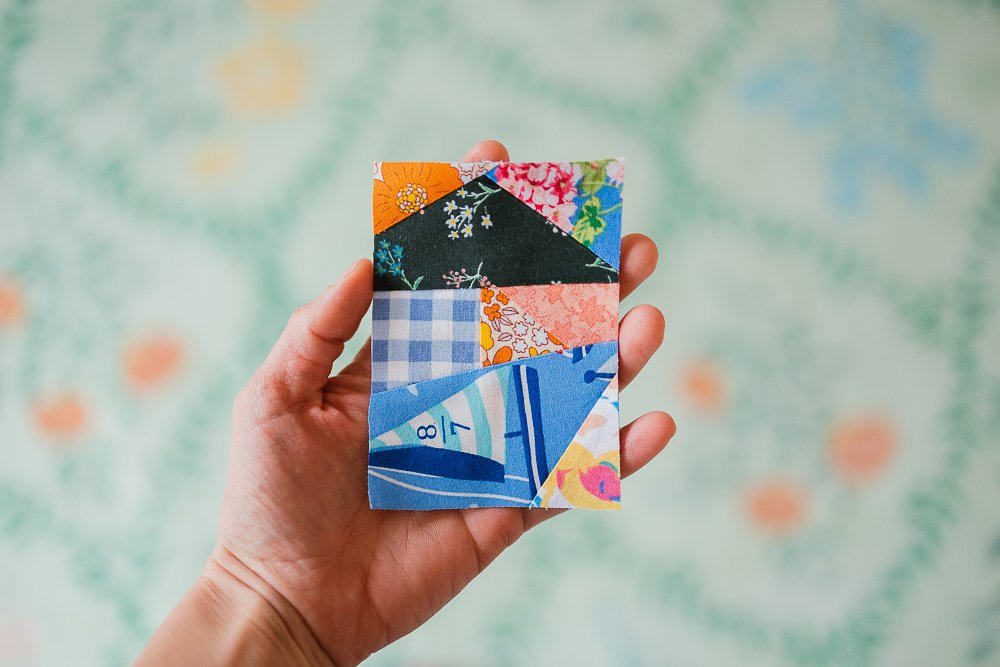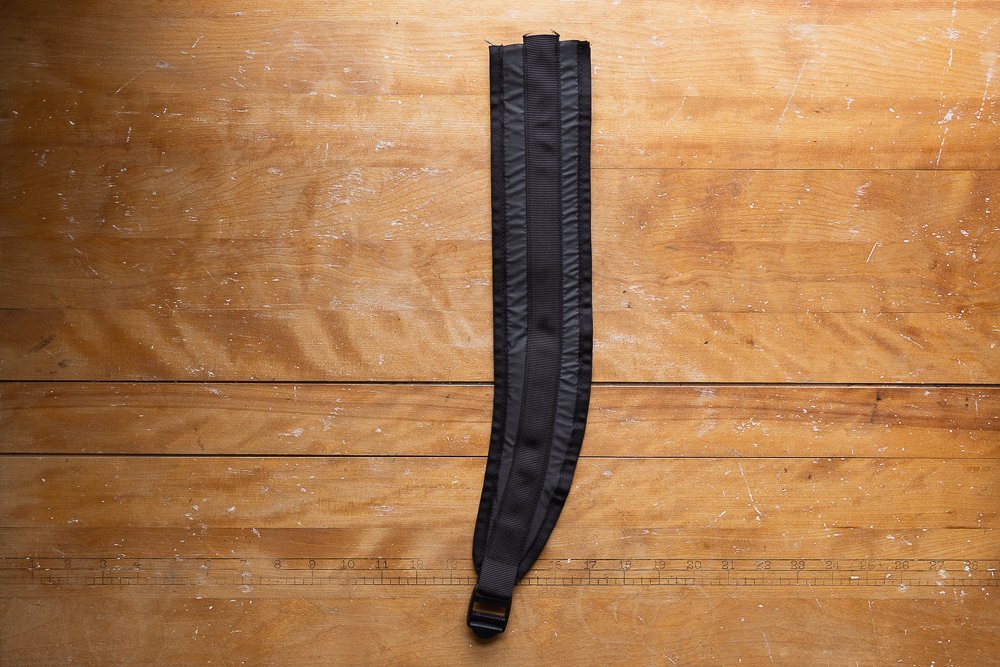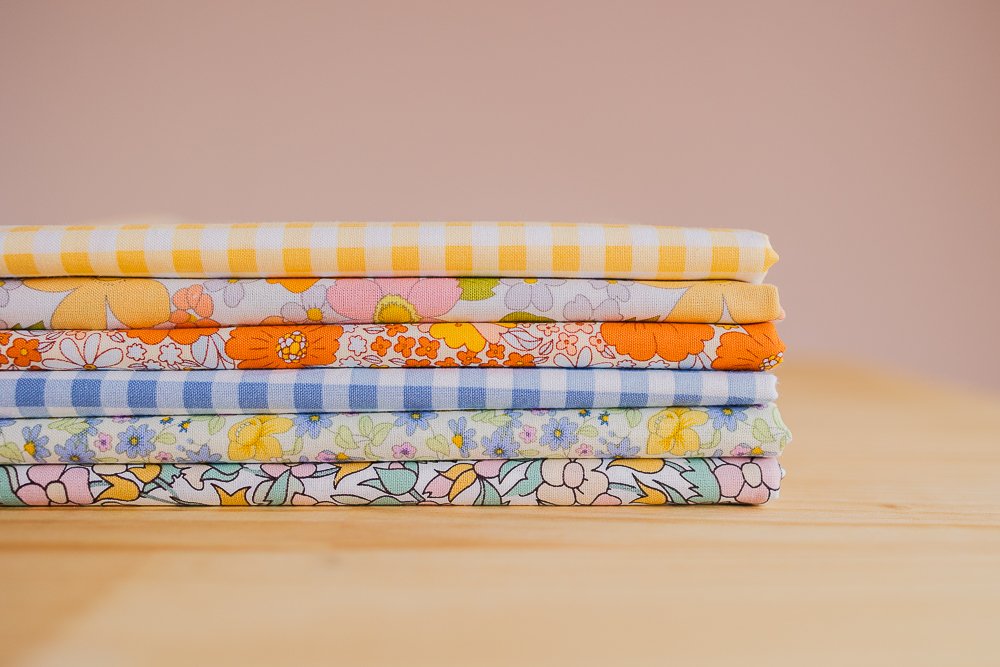It was my first time shipping out a physical product, the Black Walnut Point Turners (which sold out 2 hours after officially putting them up for sale - Thank you to everyone who expressed interest and made a purchase!). I wasn’t sure how the packaging would go at first, but I quickly realized it was a whole new opportunity to hone and define my brand and decide what my brand embodies in a physical way. Until this point it has only embodied a digital, visual presence. The experience kind of took me aback. I really didn’t know what my brand looked like in physical form. I’m still not sure, but it’s fun to be on the discovery process.
I can’t say I have it all figured out yet, but I can say confidently that I’m figuring it out and learning some things on the way. I set my sewing machine on the floor, cleared off my little seamstress table, and gathered up some string, tissue paper, linen fabric scraps, nice paper for handwritten notes, my favorite brown paper envelopes, and set to work.
Before too long I had a big bundle of packages ready to be taken to the post office. Well, actually, being honest, this took me a series of several days from conception of the packaging materials and methods to finally visiting the post office (and holding up the line for 20 minutes while each package was posted. Next time I think I’ll try a home shipping service… ).
This was sort of a test to see how physical products would sell, and how much I enjoyed shipping them. I think it’s always good to have multiple avenues of income as an entrepreneur. This ended up being quite fun, so I’m excited at the possibility of selling more physical products in the future.



















